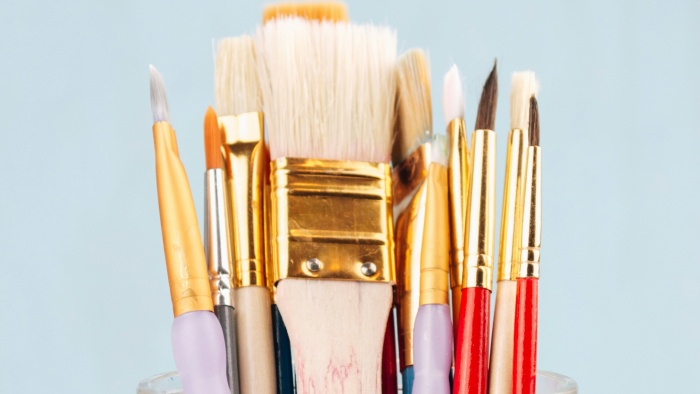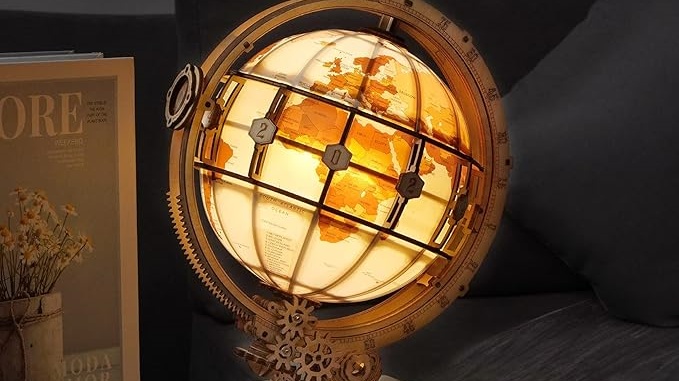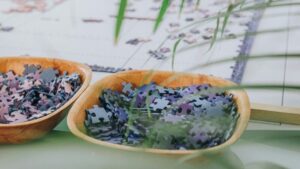
How To Add Storylines To Your Wooden Jigsaw Puzzle: A Creative Guide
Imagine a wooden jigsaw puzzle where each piece is more than a part of an image; it’s a chapter in a captivating story waiting to

Have you ever looked at a 3D wooden puzzle and thought about how much more engaging it could be with a splash of color?
This guide is crafted for enthusiasts eager to transform their wooden puzzles into vibrant works of art.
Through a series of steps, we will explore how to prepare, paint, and protect your puzzle, ensuring it becomes a cherished piece in your collection.
Proper preparation is the foundation of any great painting project, especially when it involves a 3D wooden puzzle.
This initial stage is critical to achieving a flawless finish that not only looks professional but also stands the test of time.

With your 3D wooden puzzle prepared, it’s time to unleash your creativity. Designing your puzzle’s appearance is a thrilling process that allows you to envision the end result and plan how to get there.
Painting your 3D wooden puzzle is where magic happens. This stage is all about applying your design with care and precision to bring your creative vision to life.

Your 3D wooden puzzle is now painted, but a few final steps are necessary to ensure its beauty and durability.
Finding the perfect spot to display your 3D wooden puzzle is the final step in the creative process. Proper display and maintenance will ensure your puzzle remains a focal point of your décor and conversation.

Coloring a 3D wooden puzzle is an enriching experience that combines the joy of puzzle assembly with the creative satisfaction of painting.
From the initial preparation to the final display, each step offers an opportunity to infuse your personal style and creativity into a unique piece of art.
Whether for yourself or as a gift, a hand-painted 3D wooden puzzle stands as a testament to creativity, patience, and personal expression. Embrace the process and let your imagination lead the way to a colorful, captivating puzzle masterpiece.
Can I use spray paint on my 3D wooden puzzle?
Yes, spray paint can be a quick and efficient way to color your puzzle, especially for base coats or large areas. However, it requires a well-ventilated space and careful masking of areas you wish to keep paint-free. Spray paint dries quickly and offers a smooth finish but may not be suitable for intricate details.
How long should I wait between applying different colors?
The drying time can vary based on the type of paint used, thickness of the application, and environmental conditions. As a general rule, allow at least 2-4 hours for acrylic paints to dry to the touch before applying adjacent colors or additional coats. For oil-based paints or stains, waiting overnight is advisable.
What should I do if I make a mistake while painting?
Mistakes are part of the creative process. If the paint is still wet, you can wipe it off with a damp cloth. For dried paint, a small amount of fine-grit sandpaper can be used to gently remove the unwanted paint. Then, touch up the area with the base coat before reapplying the correct color.
Can I mix different types of paints and stains on the same puzzle?
Mixing different types of finishes (e.g., acrylic paint with a wood stain) can achieve unique effects, but it’s important to test compatibility on a small, inconspicuous area first. Ensure each layer is completely dry before applying a different type of finish to avoid reactions that could ruin your design.
How can I achieve a glossy finish on my painted puzzle?
To achieve a glossy finish, apply a clear gloss varnish or sealant after your paint has completely dried. These products are available in spray or brush-on formulas. For an ultra-shiny effect, consider applying multiple thin coats of gloss varnish, allowing adequate drying time between each coat.


Imagine a wooden jigsaw puzzle where each piece is more than a part of an image; it’s a chapter in a captivating story waiting to

When choosing the right puzzle box(wooden puzzle boxes or paper one) for your toddler, it’s essential to consider the materials’ properties and how they align

Embark on a journey to unravel the nuanced distinctions between two beloved genres of puzzles: plain wooden puzzles and 3d wooden puzzles. In this comprehensive

Imagine your wooden jigsaw puzzle not just as a piece to be solved but as an interactive journey that engages all your senses. This guide

Imagine a wooden jigsaw puzzle where each piece is more than a part of an image; it’s a chapter in a captivating story waiting to

When choosing the right puzzle box(wooden puzzle boxes or paper one) for your toddler, it’s essential to consider the materials’ properties and how they align

Embark on a journey to unravel the nuanced distinctions between two beloved genres of puzzles: plain wooden puzzles and 3d wooden puzzles. In this comprehensive

Imagine your wooden jigsaw puzzle not just as a piece to be solved but as an interactive journey that engages all your senses. This guide
Copyright © 2024 woodcraft3dpuzzles. All Rights Reserved.